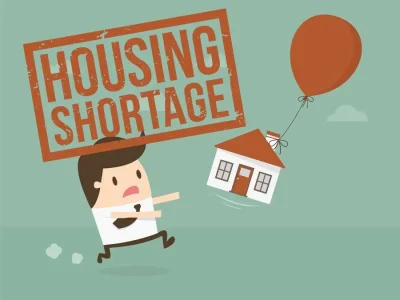
Tim Niles is a founding member of Livable Raleigh and has been a resident of Raleigh for over 30 years.
At the July 5, 2023 City Council meeting he delivered these public comments:
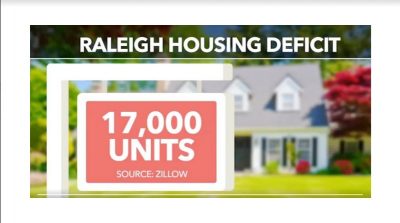
A recent report noted that Raleigh is facing a housing deficit of 17,000 units.
I was interviewed by ABC11 for their report on the issue and gave them several relevant data points that ultimately weren’t included in the report.
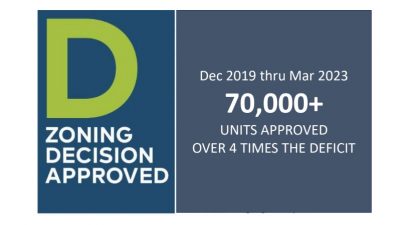
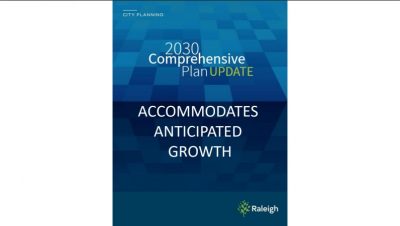

According to the Comprehensive Plan’s Growth Framework, Raleigh was expected to grow from a population of 450,000 in 2015 to 580,000 by 2030. An increase of 130,000.

Raleigh’s actual growth rate based on census data has been much lower.
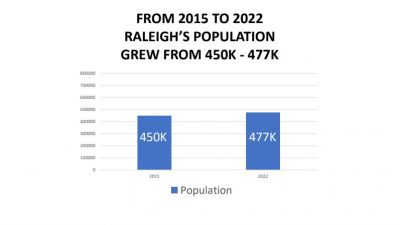

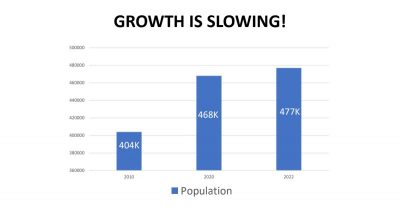
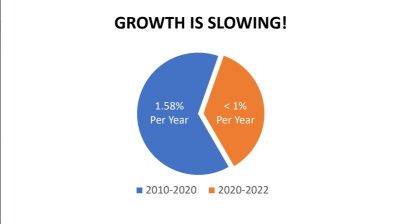
So our growth has slowed from a rate of over 1.5% per year to under 1% per year now.

NOTE – Since the time this comment was delivered to City Council, new reporting has come out in the N&O making it clear that Zillow’s report of the 17,000 unit deficit in housing is NOT specific to Raleigh. It is instead a report of the deficit for the Raleigh “Metro” Area. The Raleigh Metro Area consists of Wake, Franklin and Johnston counties. The total population of the Metro Area is over 1.5 million. That’s more than 3 times the population of Raleigh. This new informmation makes the comments to City Coucnil even more relevant.
N&O report here – Developers rush to buy land
Zillow study here – Recent Zillow Study
If you appreciate the kind of reporting we bring to you
|
Please donate $10 or $20, Thanks for supporting |
 |

